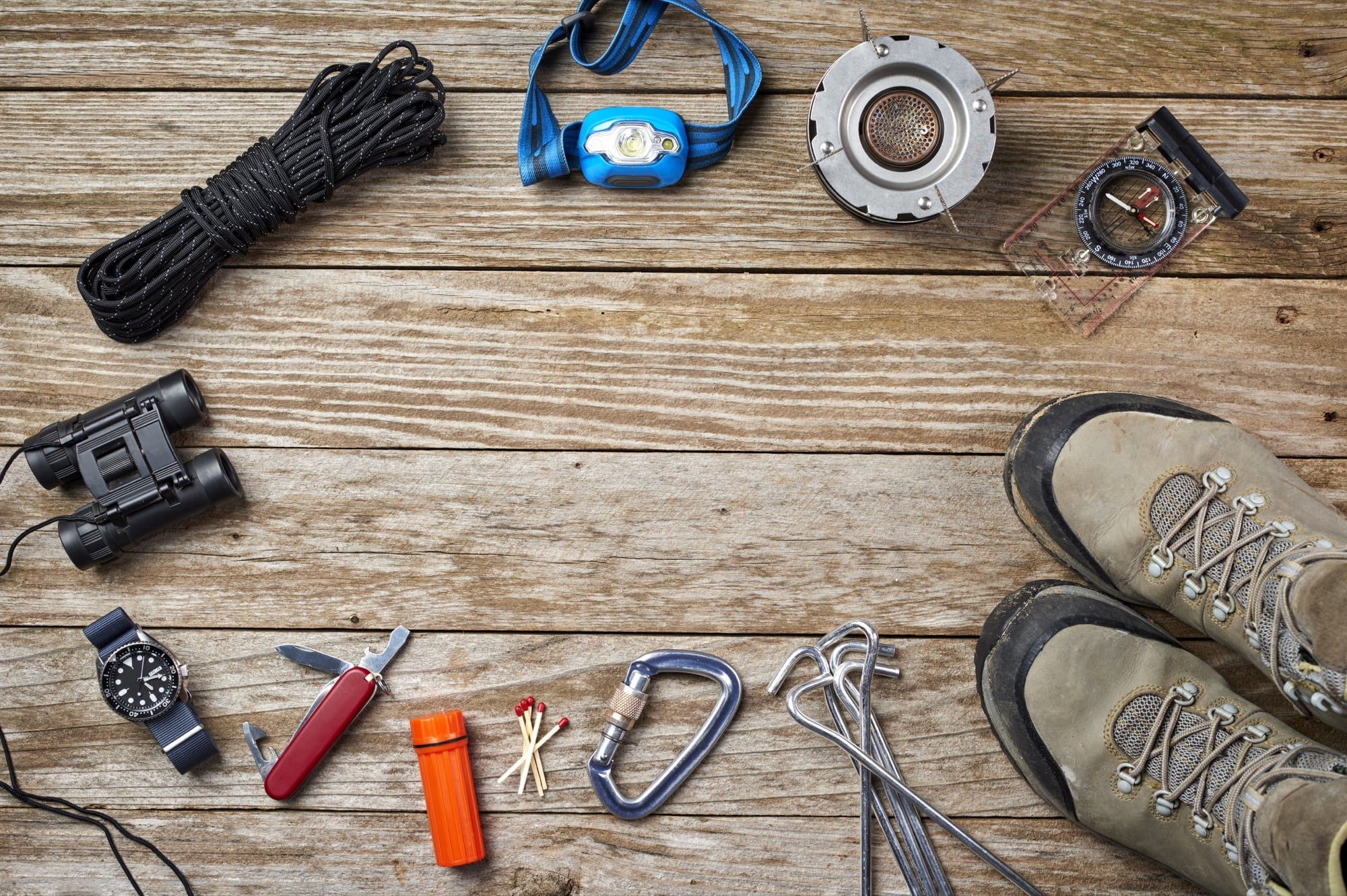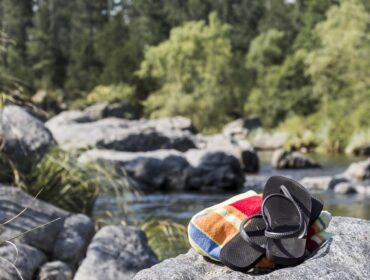One of the most destructive yet fascinating winter phenomenons is an avalanche. These winter events are large cascades of snow that come tumbling down a mountain side. They can happen in the blink of an eye and the moving snow can reach great speeds. Although they can be captivating to watch, this winter occurrence can also be extremely dangerous. It can quickly engulf anyone on the slope, trapping them without air or a way out. Understanding how this event occurs can lead to better winter safety.
 As snow falls on a slope, it builds up in layers. If the bonds of friction between these layers are not strong enough or if the weight of the layers becomes too heavy, large pieces of the layers can begin to slide. As these slabs move they often break away other layers, and can eventually grow into an avalanche.
As snow falls on a slope, it builds up in layers. If the bonds of friction between these layers are not strong enough or if the weight of the layers becomes too heavy, large pieces of the layers can begin to slide. As these slabs move they often break away other layers, and can eventually grow into an avalanche.
Avalanches can technically happen on any slope. However, slopes with an angle of twenty-five to sixty degrees are more prone to these events. Layers on slopes with an angle of less than twenty-five degrees usually become compressed enough that they will not slide. Conversely, layers on very steep slopes usually slide frequently, but only in small amounts. However, no matter what the angle of the slope is, it is best to be cautious. Mountains often feature depressions or gullies that don’t have the same slope angle as the rest of the mountain. These places are a prime spot for avalanches.
 If the layers on the slope are at the point where they are ready to shift, nearly anything can trigger a slide. Even a loud sound can break layers lose. However, it is most often the addition of weight that triggers the event. Another flurry, especially if it is wet, can add enough weight to make the layers begin to slide. A person’s weight can also trigger the movement of a slab, which can lead to a dangerous situation.
If the layers on the slope are at the point where they are ready to shift, nearly anything can trigger a slide. Even a loud sound can break layers lose. However, it is most often the addition of weight that triggers the event. Another flurry, especially if it is wet, can add enough weight to make the layers begin to slide. A person’s weight can also trigger the movement of a slab, which can lead to a dangerous situation.
Because weather has such a large effect on the likeliness of an avalanche, there are times when a slide is more likely. It is best to avoid the backcountry slopes for twenty-four hours after a large snowstorm. Snowstorms that have dropped a foot or more of snow are more likely to cause sliding snow. Long warm fronts can also change the texture of the layers, making an area more prone to an event.
Images via Strange Ones, sgillies




